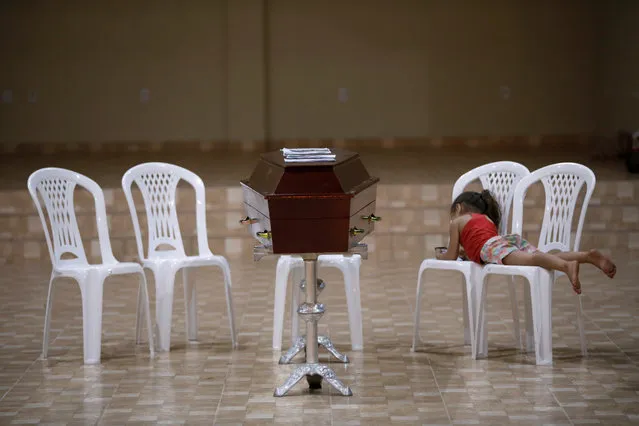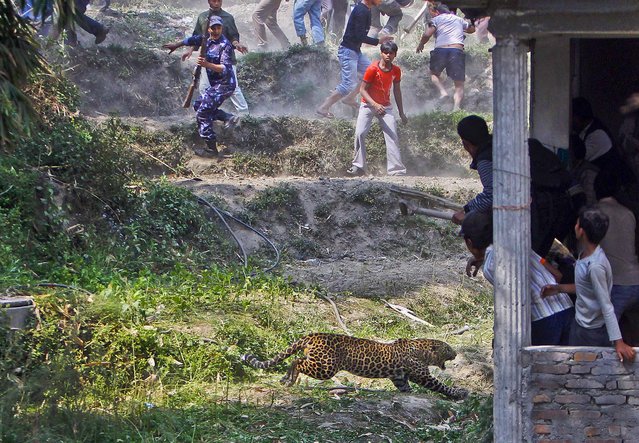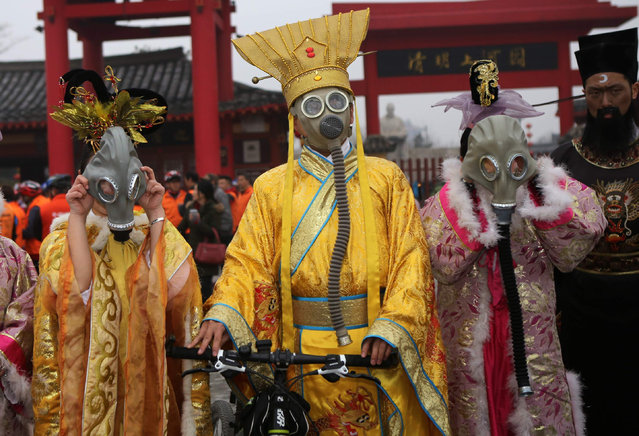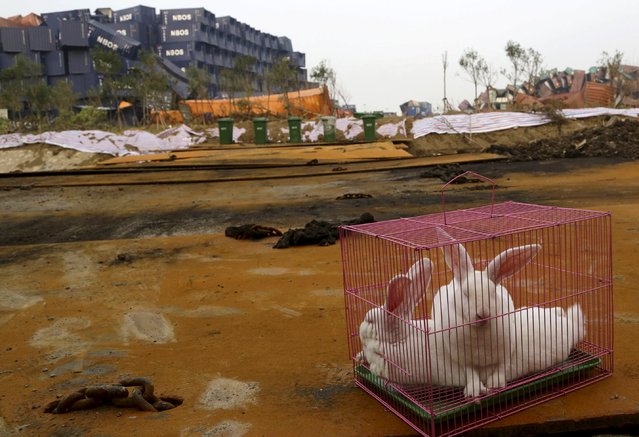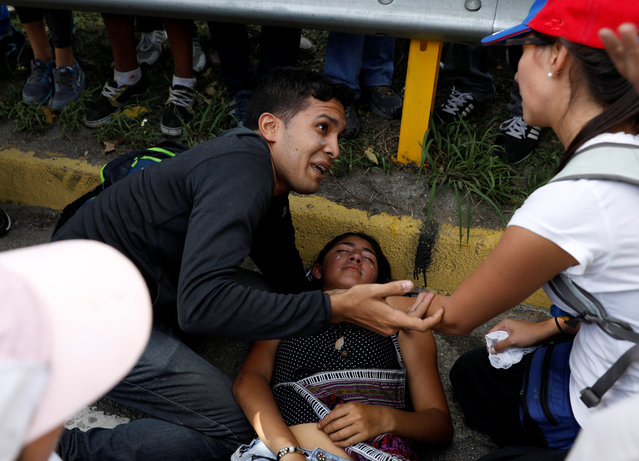
Demonstrators help a fellow protester during clashes with security forces during an opposition rally in Caracas, Venezuela on April 4, 2017. Protesters clashed with police in Venezuela Tuesday as the opposition mobilized against moves to tighten President Nicolas Maduro' s grip on power. Protesters hurled stones at riot police who fired tear gas as they blocked the demonstrators from advancing through central Caracas, where pro- government activists were also planning to march. (Photo by Carlos Garcia Rawlins/Reuters)
05 Apr 2017 09:24:00,post received
0 comments

